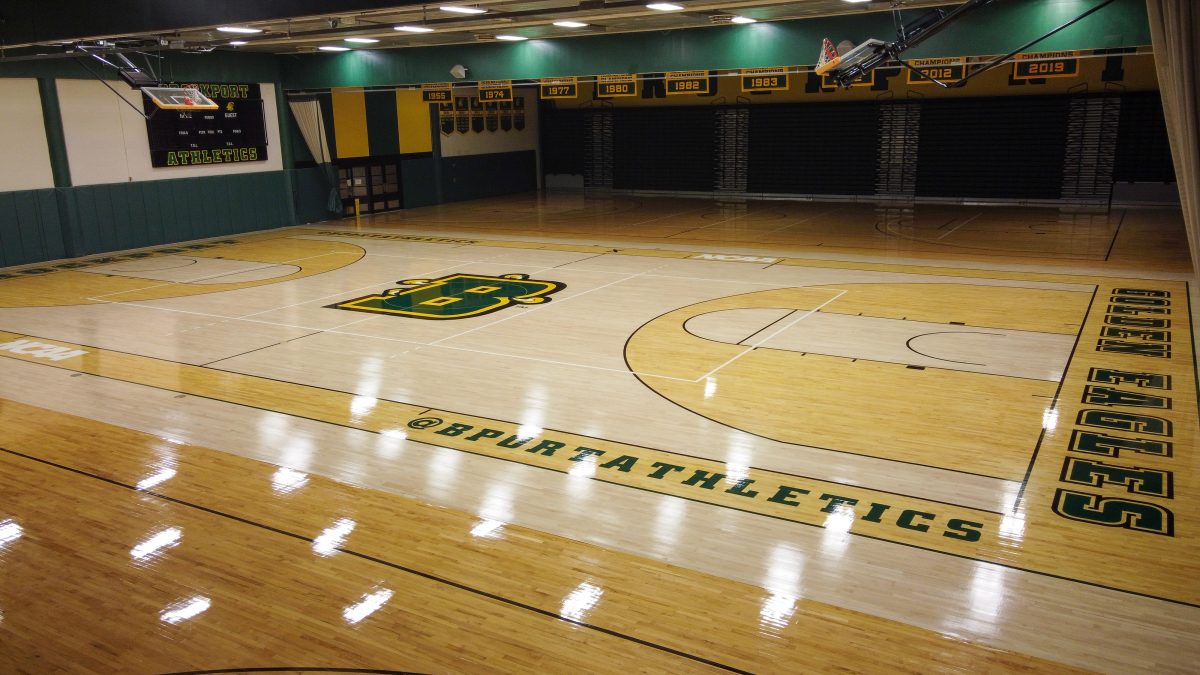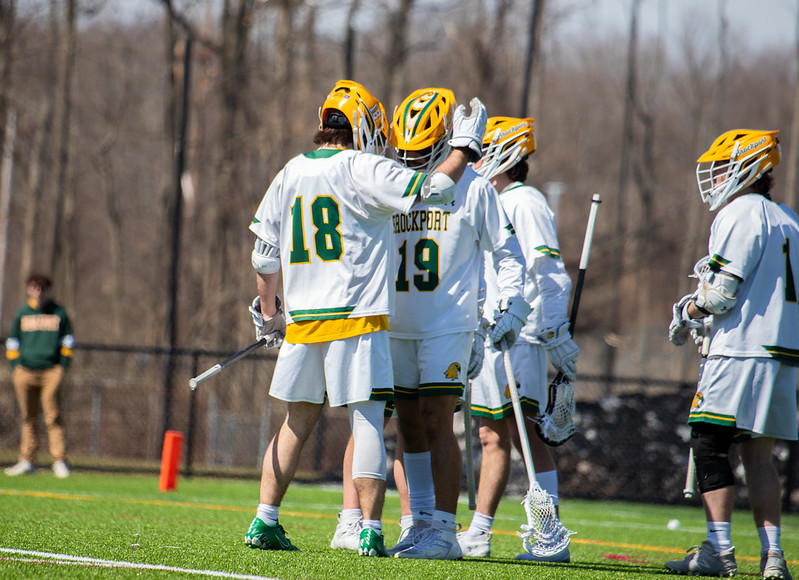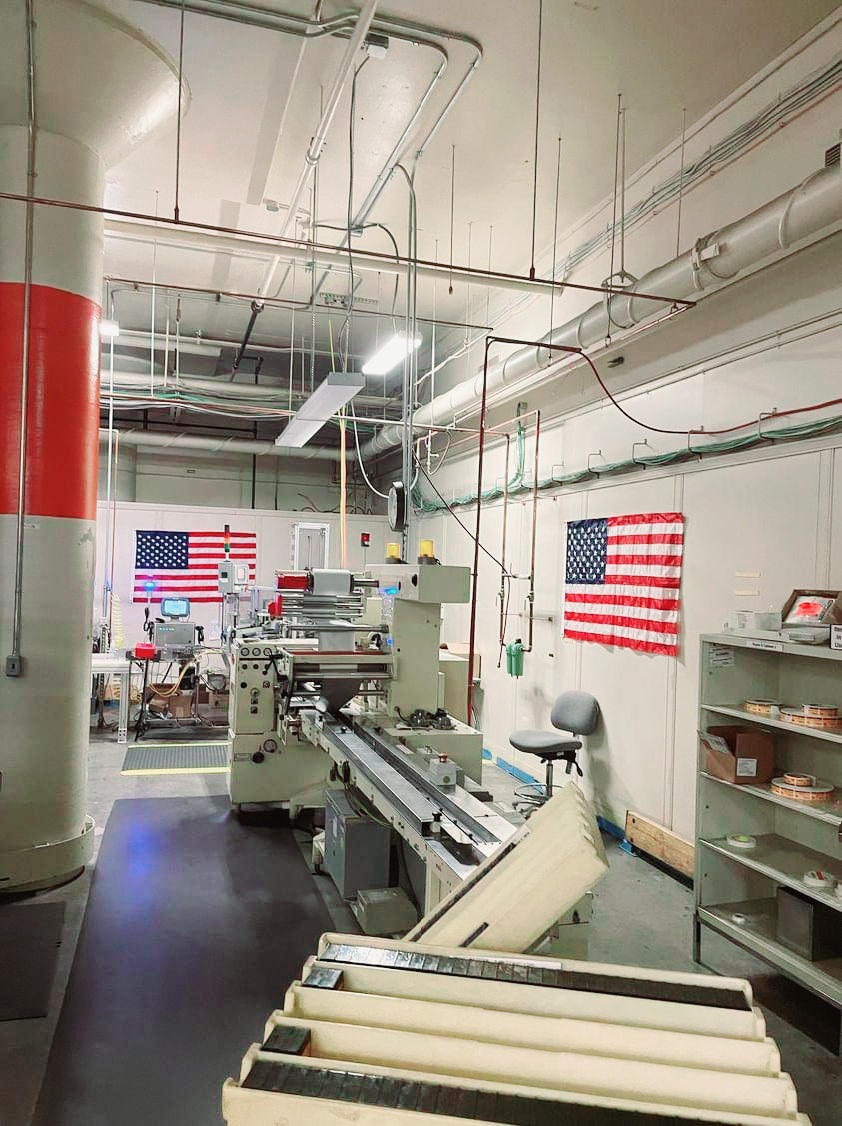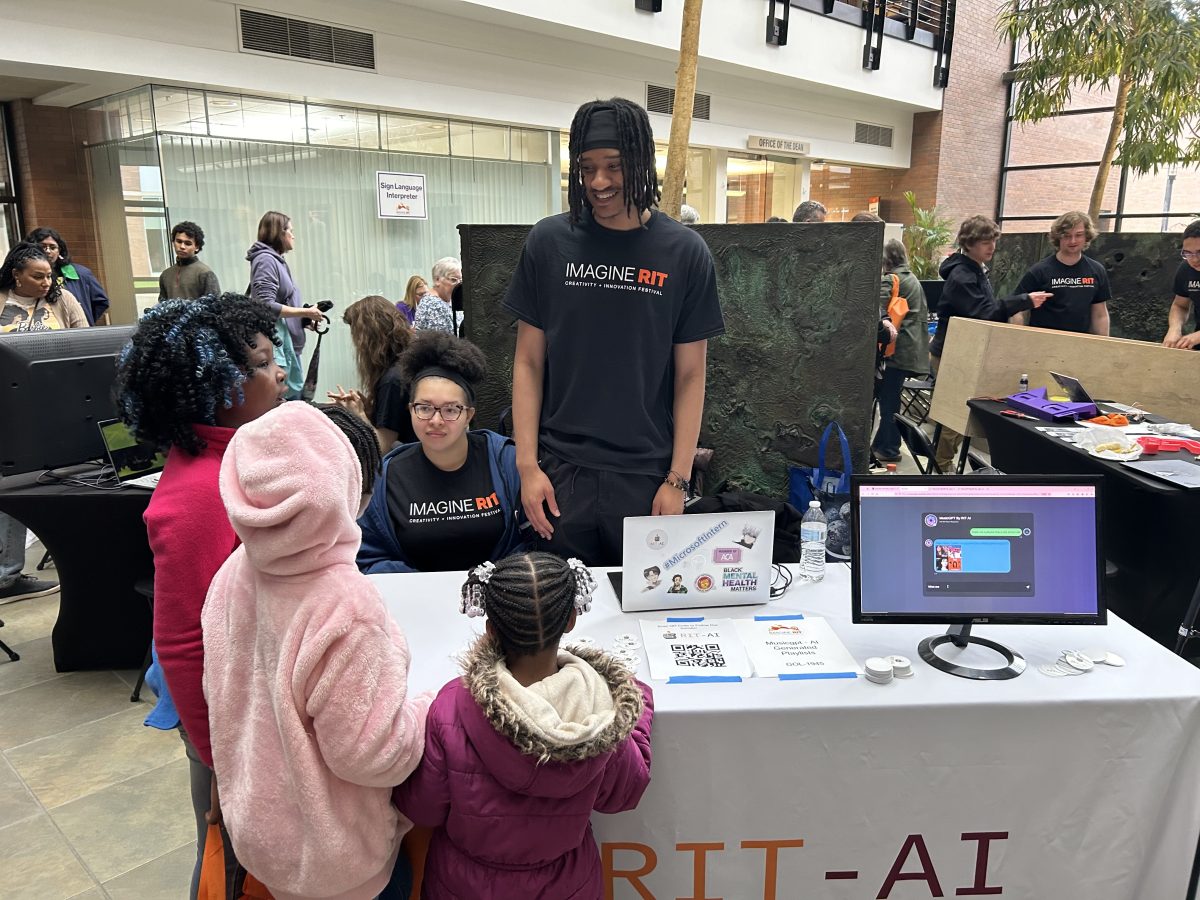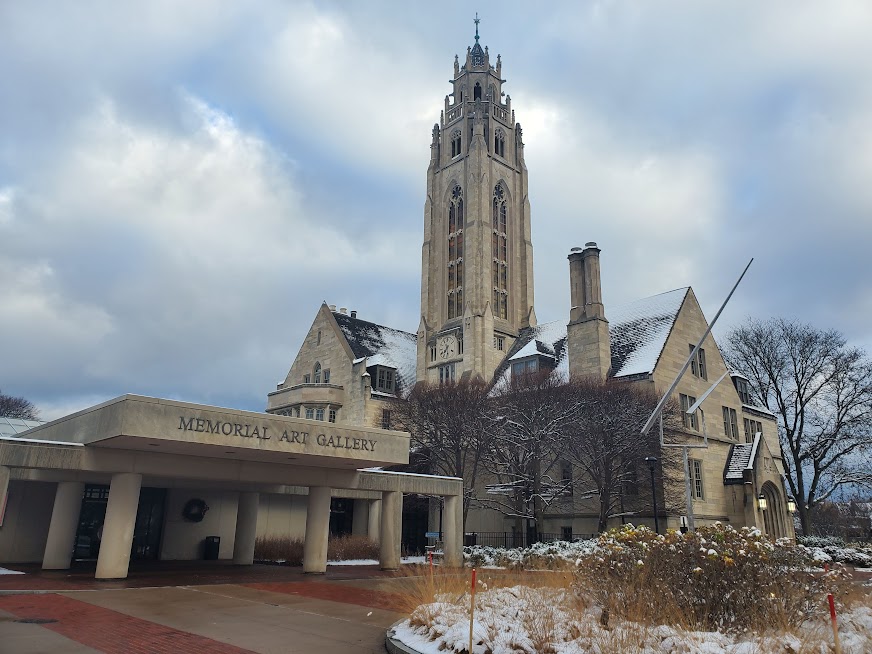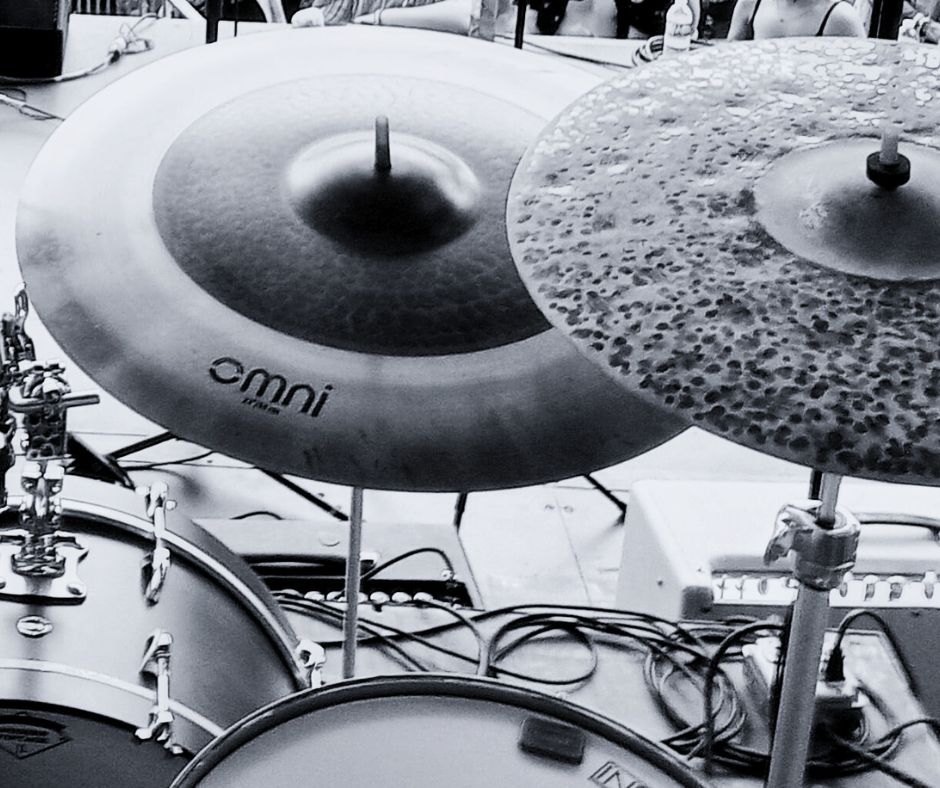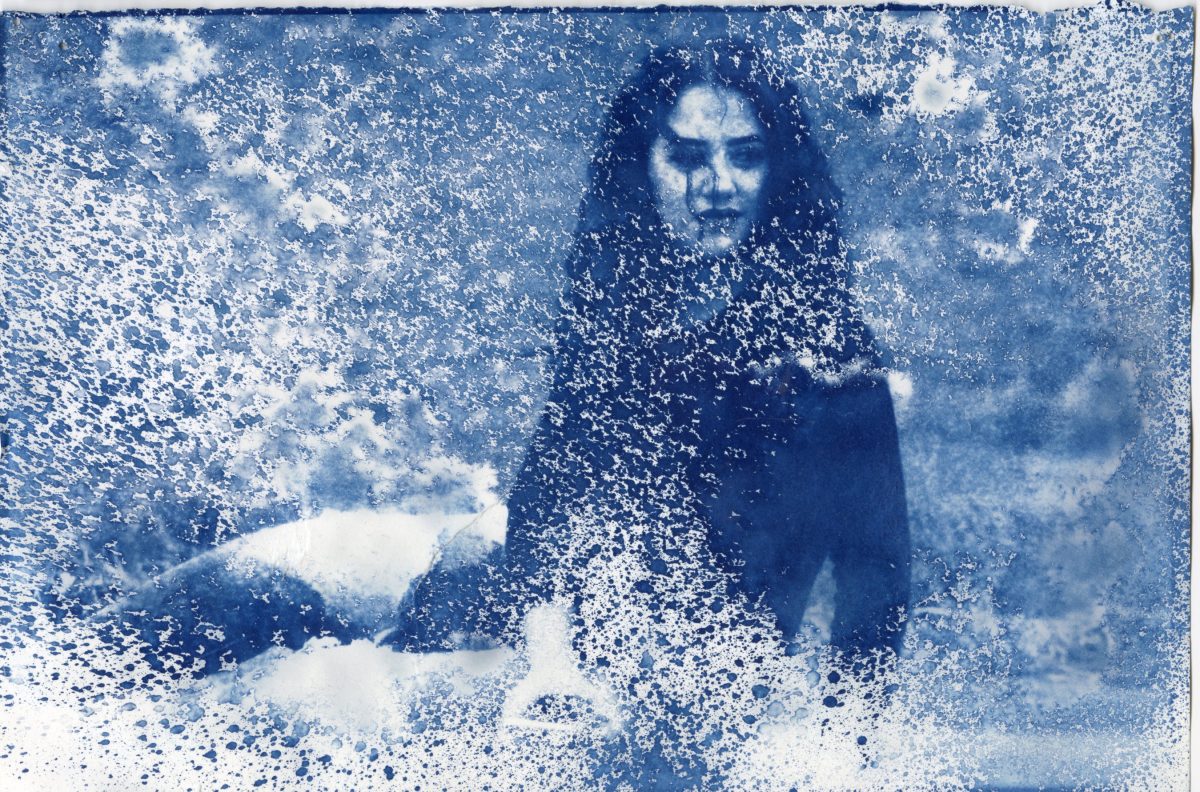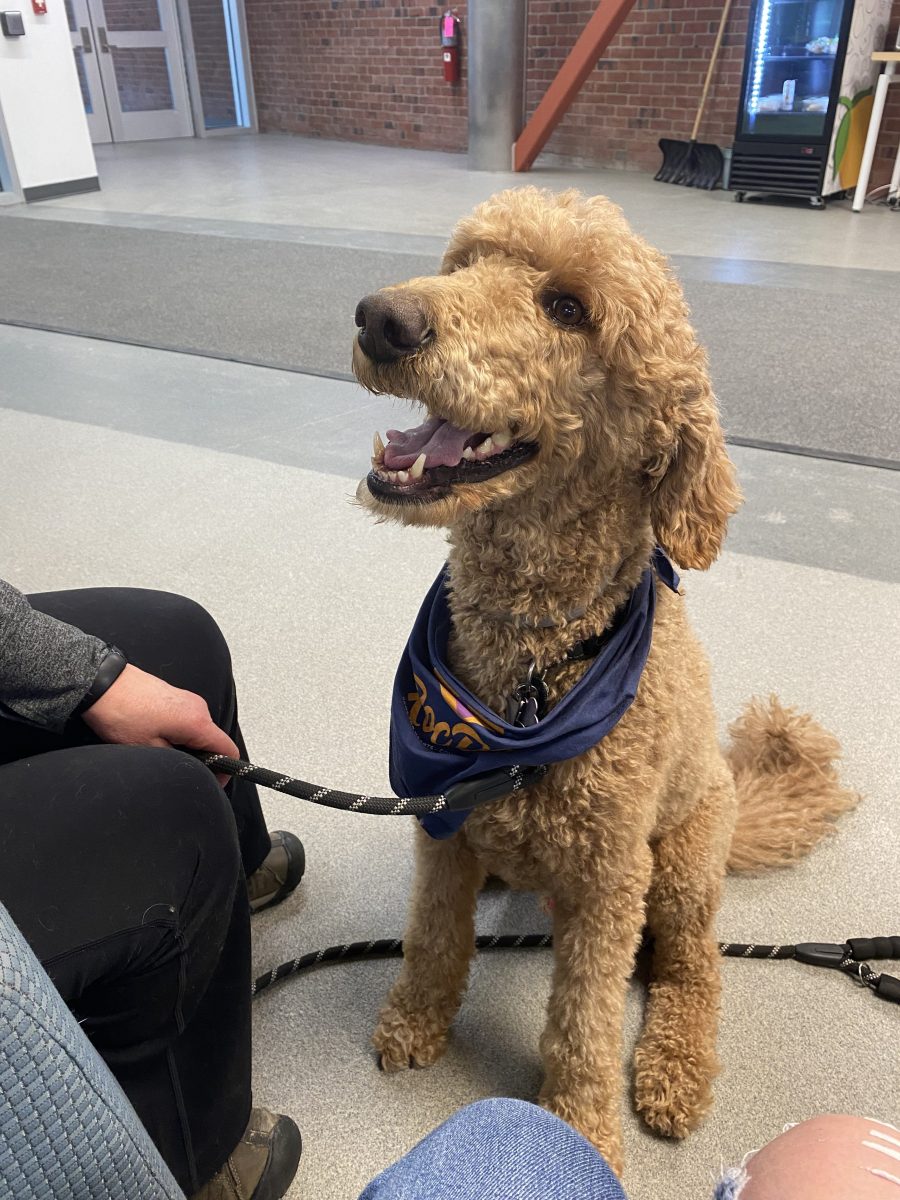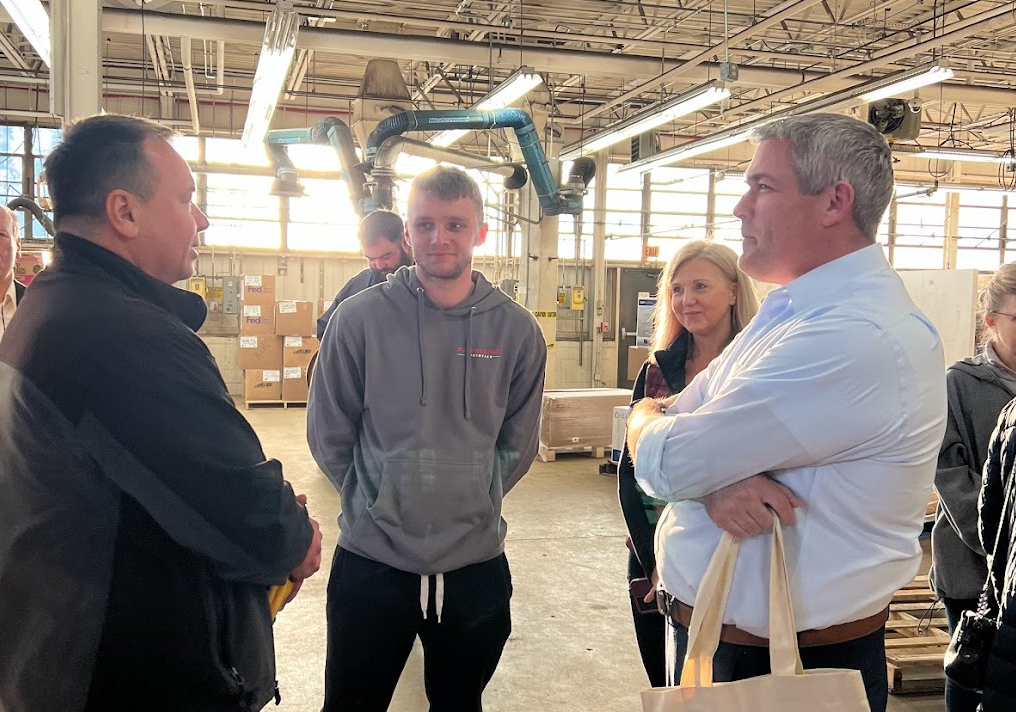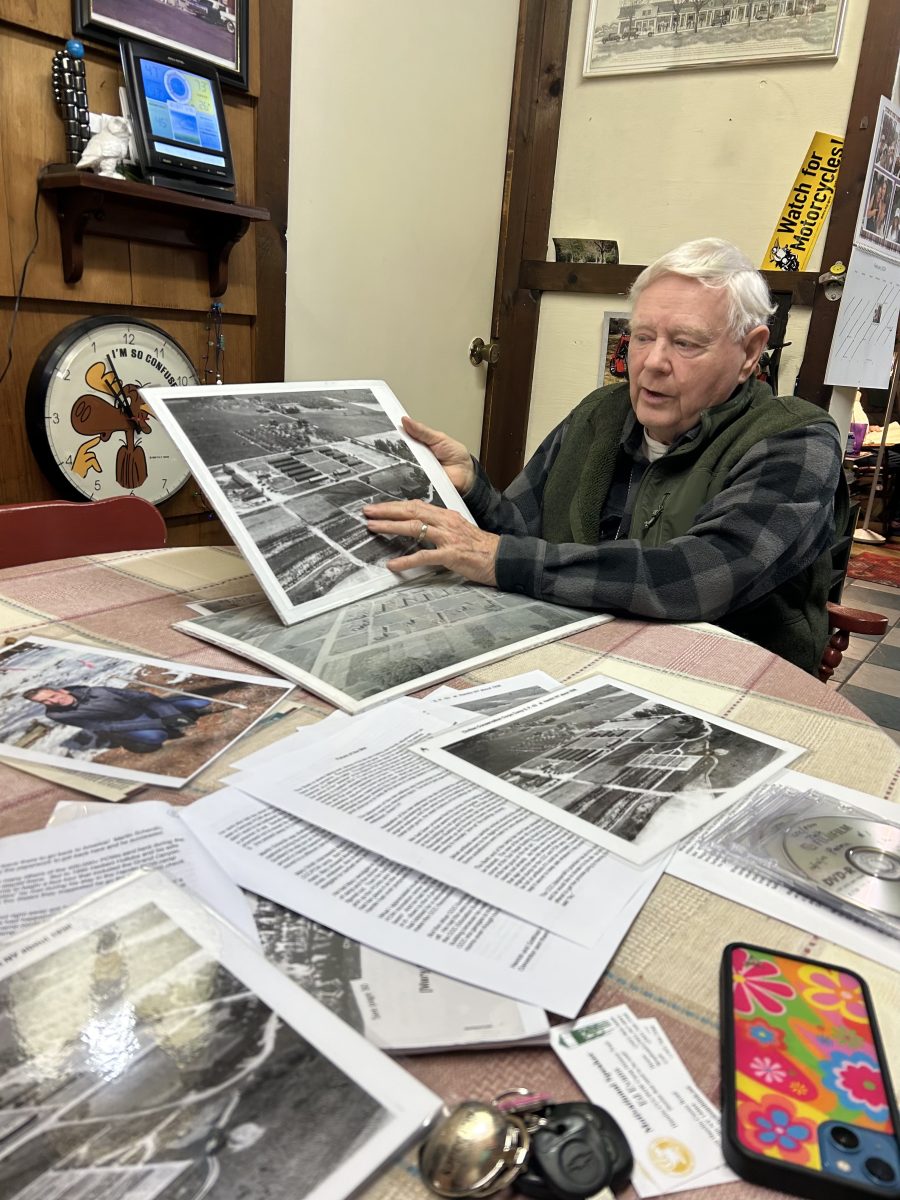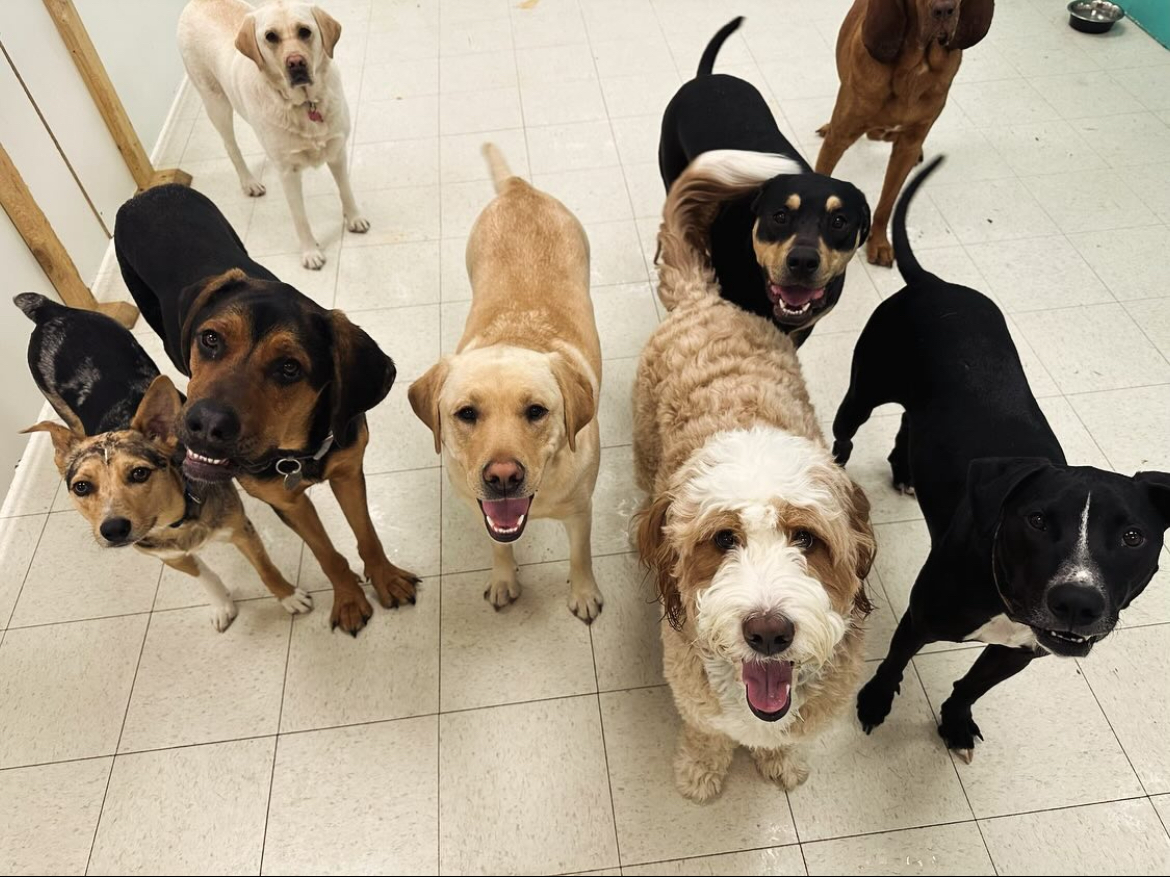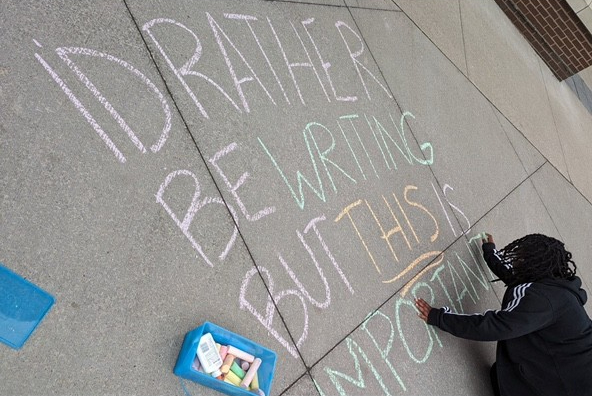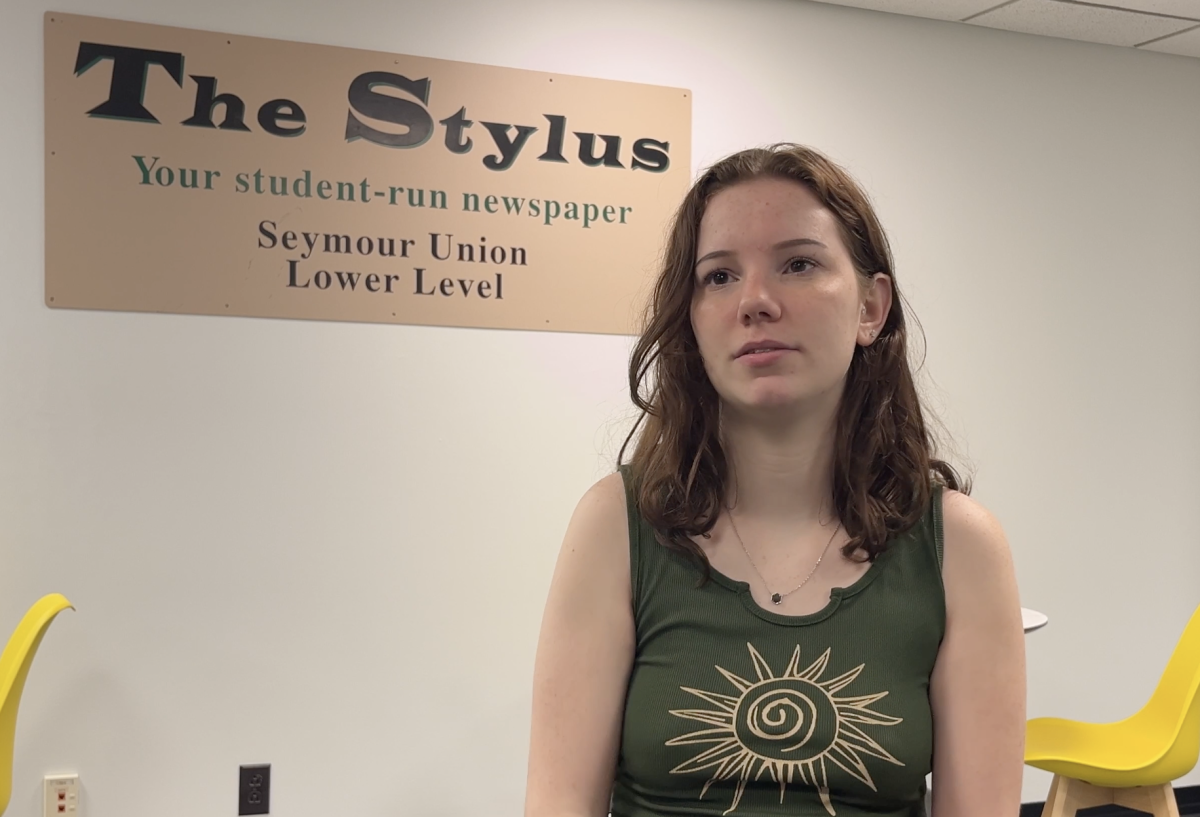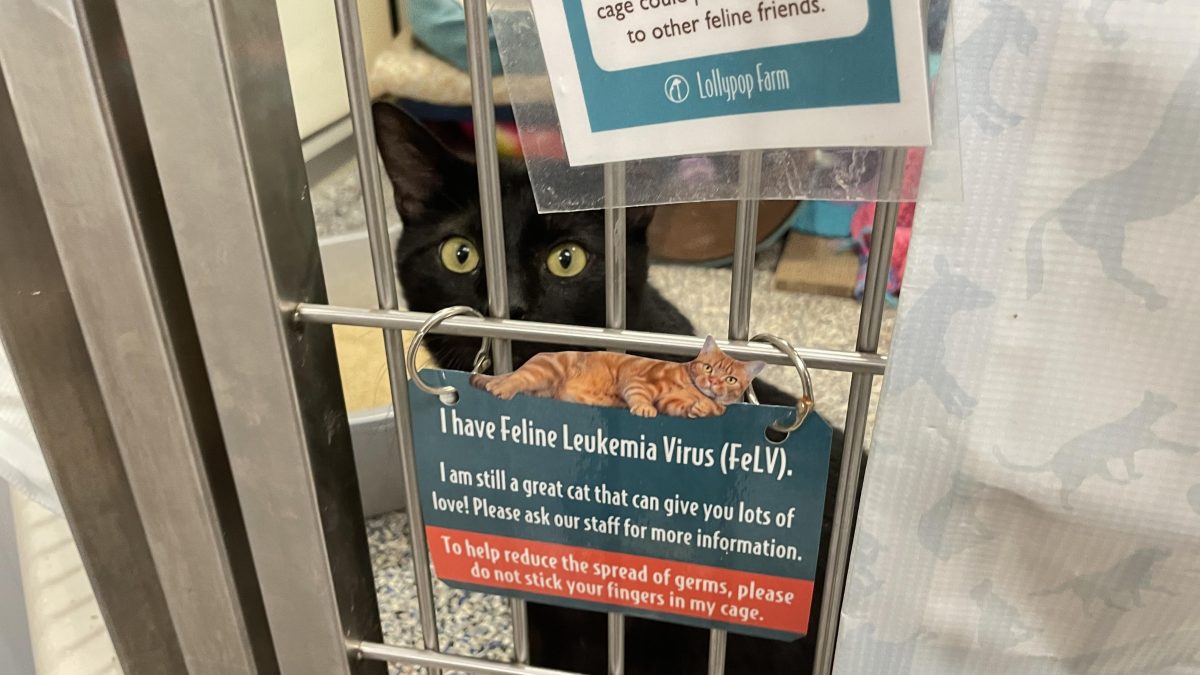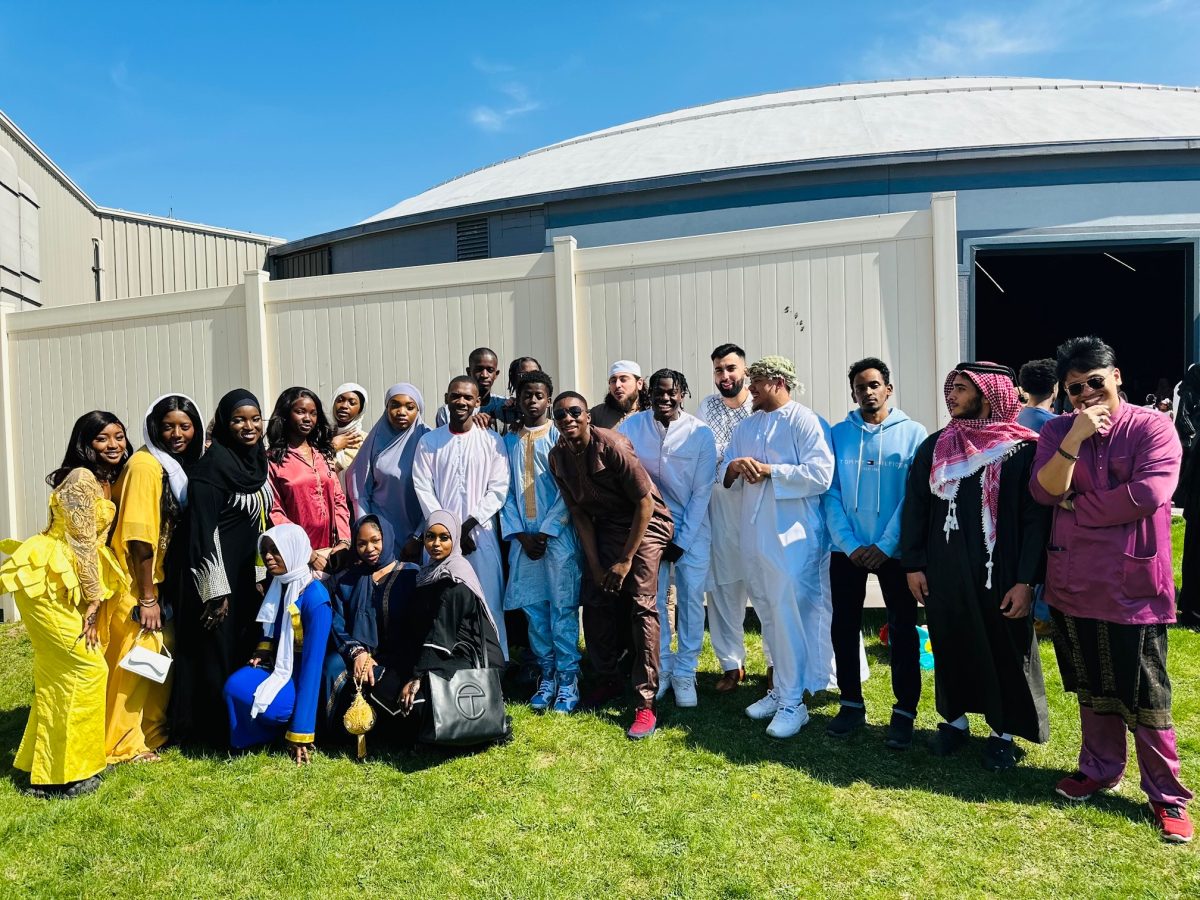Technological innovation has led to drastic changes in journalism over the past three decades. From payphones and pagers to social media and content creation, journalists have been forced to adapt to the ever-evolving field. However, new technology has left journalists trapped and defenseless against its threats: artificial intelligence (AI).
On April 4, 2024, photographers and reporters at the Democrat & Chronicle went on strike after not reaching a contract agreement with its parent company, Gannett.
One of those reporters is Madison Scott. Scott worked as an intern for USA Today, another Gannett owned publication, before joining the Democrat & Chronicle.

“I feel like since the moment I got my internship with USA Today I had seen that there were issues with Gannett. There was a lot of layoffs, and then I remember last summer right before I started my internship with the D&C, the reporters did a walkout.” Scott said.
Scott explained that the issues with Gannett are not just a local matter; news publications nationwide are being affected by contractual issues.
“Gannett is kind of known for having issues with their reporters. There’s a bunch of Gannett papers across the country that have been going on and off of strikes. And the D&C hasn’t had a contract in I think five years,” Scott said. “So, there’s always been talks about it, but it wasn’t until we started getting closer to the solar eclipse because we are so close in bargaining with coming to a contract.”
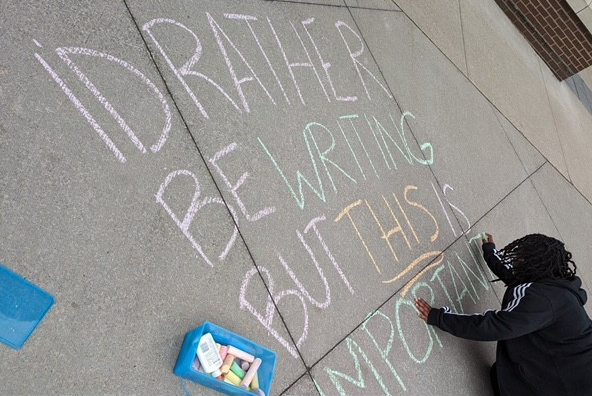
As a young journalist beginning to make a name for herself, Scott said she worries about the future of her career.
“I think a lot of the younger journalists at first were kind of hesitant and worried about striking. But then as we got into the bargaining sessions, and we saw what was going on, and I heard about the AI stuff and some of my colleagues not getting raises in decades, it definitely caused me anxiety,” Scott said. “But it’s not even just for my job at the D&C but also journalism as a whole, especially for these organizations that are part of corporate America. Gannett is a huge corporate company. It definitely gave me anxiety and sadness about the state of local journalism.”
Being unable to receive thorough protections against AI guaranteed in their contract is a major reason as to why D&C journalists are currently striking.
“We’re okay with AI being used as a tool but we want it written in our contract that it’s not going to eventually replace us, replace our jobs as journalists. And they [Gannett] won’t put that in the contract. That’s really scary because it’s not just the D&C, that could be used in other news organizations too,” said Scott.
With AI threats on the rise and Gannett unwilling to guarantee accurate protections, journalists at the D&C are trapped.
“There’s just no way that AI could do the job that we do,” Scott said. “Journalism is so innately human; you need humans to talk to other people to really get across the point. AI could regurgitate a press release but that’s not journalism,” Scott said. “So, I think that’s the fear of eventually if AI got good enough, they would use it to cut people’s jobs and have the computer, or AI or whatever, write the stories for us. Which is obviously scary.”
Scott’s reporting focuses largely on holding the local police accountable, from neglecting missing person cases of people of color to police brutality. Scott explained the implications of AI being unable to hold such organizations accountable for their actions.
“There would be no accountability, especially in local news and local governments there would be corruption. A computer can’t hold city officials or government officials accountable,” said Scott.
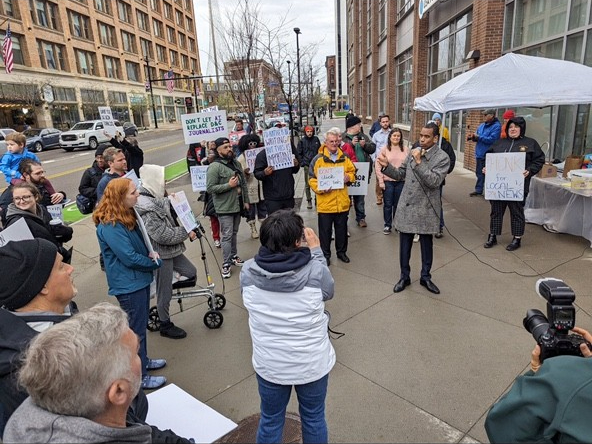
Scott explained that AI will not be able to accurately tell stories about people and their lives because it is missing essential human qualities.
“I wrote about a 16-year-old girl, Jakarah Lopez-Moore, who went missing last August. She was later found dead in the woods. When she was still missing, I got to go to her house, and I wrote about her room,” Scott said. “I was able to paint the picture of this 16-year-old girl with her big pink bed and her sloth stuffed animals, and a computer can never do that. A computer can never go into someone’s house and paint that picture of who a person is or what the family is going through.”

SUNY Brockport computer science assistant professor Dr. Ning Yu is well versed in the current abilities of AI. Yu explained that it is already difficult to tell the difference between content written by AI and content written by a human.
“The Turing test was used decades ago. [It was] used to test the difference between the machine and the human being because they think there is a huge difference between a computer’s action and human’s action,” Yu said. “But no, it turns out, it’s hard. It’s hard to tell what the difference between human and the computer [is]. No, there is no boundary.”
Developing an AI system that is self-aware, having its own thoughts, opinions and feelings is an ethical issue within the computer science community. But if that system were to be developed, AI could play a much bigger part in journalism. Yu explained the probability of such a system being developed.
“A lot of people are working on it. So, that is possible. And even, that’s not a big or challenging problem. For perceiving the feeling and understanding the kinds of things that house a deeper understanding are already solved,” Yu said.
Though there are some issues when attempting to create a system like this, Yu explained.
“From my perspective, an AI computer scientist, the software parts, that is not a problem. The problem is maybe hardware, how to make this kind of robot. Still, there is some gap between software and hardware,” said Yu.
Despite issues between software and hardware, Yu explained that a self-aware AI system is not a far-off reality if AI continues to be developed at the current rate.
“I’m thinking in the very near future there will be some robot that will be created so that it can perform like a human being. That is possible. A lot of people are working on it.” Yu said.
SUNY Brockport lecturer Mary McCrank is a professional journalist with over thirty years of experience. Before coming to SUNY Brockport, McCrank worked in print at the Democrat & Chronicle.
“I interned for the Democrat & Chronicle in the summer of ‘89 for my final year of school. Then I started my career in Sandusky, Ohio, and returned home in the fall of ‘91, and worked at the paper for seven years,” McCrank said.
Throughout her career, McCrank saw journalists adapt to evolving technology. Though technology has provided journalists with easier communication and the benefits of social media, McCrank says she has concerns about AI.
“I thought ‘how can anybody use AI to tell a story?’ How can AI sit in a courtroom and see the victims’ families crying and getting that emotion in the courtroom?” McCrank said. “How can AI sit down with a mother and father whose teenage son was struck by a car while riding his bike and died?”
AI has perfect spelling, impeccable grammar and can generate lightning-fast responses, but the technology lacks the human emotion the news needs.
“How can AI sit there with them while they sob for ten minutes, and you sit there and let them,” said McCrank. “You sit patiently and wait for them to be able to come up for air to give you a quote for a story. How can AI do that? It can’t.”
With AI taking on a significant role in our world, McCrank explained that not only does AI threaten the job security of journalists, but the integrity of the news.
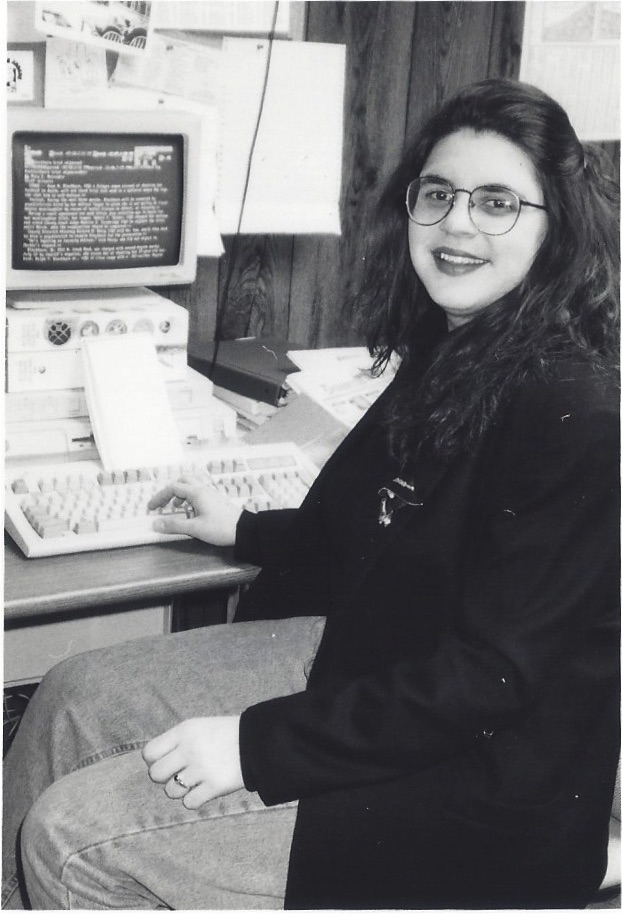
“AI can deceive the viewers and purport the truth to be false and the false narrative to be true. AI is playing a mind game on Americans right now as we enter the political season, where journalists like our hardworking students at SUNY Brockport are working hard to educate the public on the real truth, the real news,” McCrank said.
McCrank explains the genuine fears she has regarding the influence of AI on what the truth is.
“The truth, all of a sudden, is a perception of the individual sitting on their couch reading the news and making up their mind. And I’m very scared about that, I’m very scared on a national and international perspective how AI is impacting people’s minds. That’s where it really frightens me,” said McCrank.
Despite her fears, McCrank explained that she does have confidence in the local communities to resist AI taking over the newsroom.
“In journalism, I would be hard pressed to not see community revolt if a newsroom tried to go all AI. I think they could try to do it, but I would hope that the public would be really upset,” McCrank said. “They want to see a real person on the TV news. They want to know that byline is someone they can hear lecture along the way. They want the TV anchor to host that luncheon at the convention center. They want real journalists involved in the news telling.”

To be fit for the newsroom, AI will have to be manufactured by computer scientists with trained parameters and constantly updated software to understand humans. The news will be run by lines of code with mechanical hearts. Journalists like Madison Scott did not to have to be trained for the newsroom, they were made for it.



